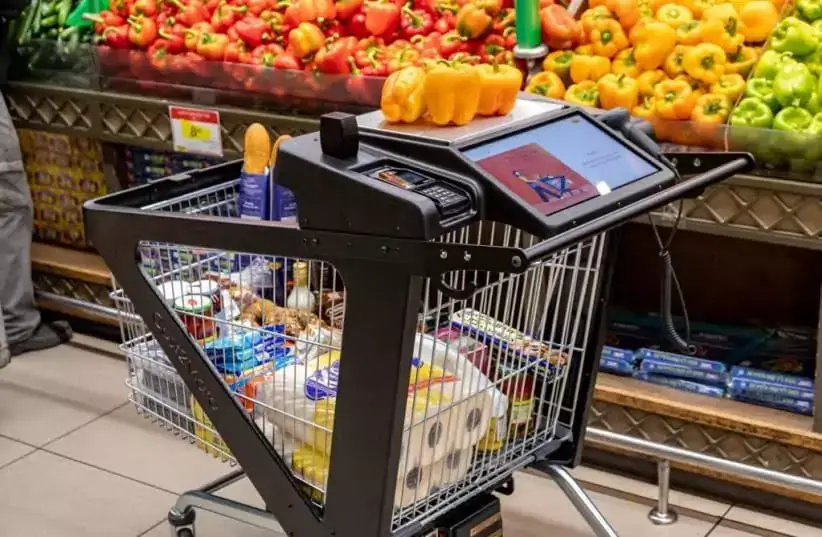In kitchens across America, the stove is heating up again—and not just because it’s dinnertime. As inflation continues to impact consumer behavior, more and more U.S. households are trading dining out for dining in. Grocery spending has officially surpassed restaurant spending on a weekly basis, and that shift is sending ripples through the $900+ billion U.S. restaurant industry.
 The Rise of Home Cooking: A Post-Pandemic Shift
The Rise of Home Cooking: A Post-Pandemic Shift
While the pandemic initially forced Americans to stay home, many developed new habits that stuck. Meal kits, air fryers, and TikTok recipe trends sparked a surge in home cooking skills. But now, it’s no longer just about convenience or lockdowns—it’s about economics.
According to the most recent data from the U.S. Bureau of Economic Analysis and consumer spending trends, the average American household now spends more per week at the grocery store than at restaurants. In fact, grocery spending rose 6.2% year-over-year, while spending at restaurants increased only 3.1%, signaling a clear shift in preference.
With food prices up across the board—especially for restaurant ingredients like meat, dairy, and grains—families are finding they can stretch their dollars further by cooking at home.
 Why Restaurants Are Feeling the Squeeze
Why Restaurants Are Feeling the Squeeze
Restaurants face a triple threat:
- Higher ingredient costs
- Increased labor wages
- Lower customer frequency
Add to that rising rent, utilities, and packaging costs for takeout, and you’ve got a recipe for tighter margins.
Many consumers, even those with a history of dining out frequently, are now pulling back. A family of four might spend $80 on one dinner at a casual dining restaurant—or use that same amount for several home-cooked meals. That’s a hard comparison to beat.
 The Data Doesn’t Lie
The Data Doesn’t Lie
Recent surveys show:
- 68% of Americans say they’ve reduced how often they dine out.
- 51% are cooking more meals at home to save money.
- 3 in 5 consumers now say they “rarely” eat out more than once per week.
This isn’t just affecting fast casual or full-service restaurants—takeout and delivery orders have dropped, too, as consumers try to avoid hefty delivery fees and tipping inflation.

 What This Means for Restaurant Owners
What This Means for Restaurant Owners
This change doesn’t have to spell disaster—but it does demand strategy.
 Smart Moves for Survival:
Smart Moves for Survival:
- Streamline menus to reduce food waste and labor costs.
- Offer meal bundles or family deals that compete with the value of home-cooked meals.
- Double down on loyalty programs to retain repeat customers.
- Educate consumers on the quality, convenience, and experience of dining out.
- Introduce “semi-prepped” options—meals that customers can finish at home, blending convenience with cost-savings.
 Groceries Are Winning, But Experience Still Matters
Groceries Are Winning, But Experience Still Matters
At the end of the day, grocery stores may be taking a bigger share of the food dollar, but they can’t replace the ambience, connection, and culinary craft that restaurants offer.
Still, the message is clear: U.S. consumers are watching their wallets. And restaurants that want to survive—and thrive—must adapt to meet the evolving expectations of the American diner.




